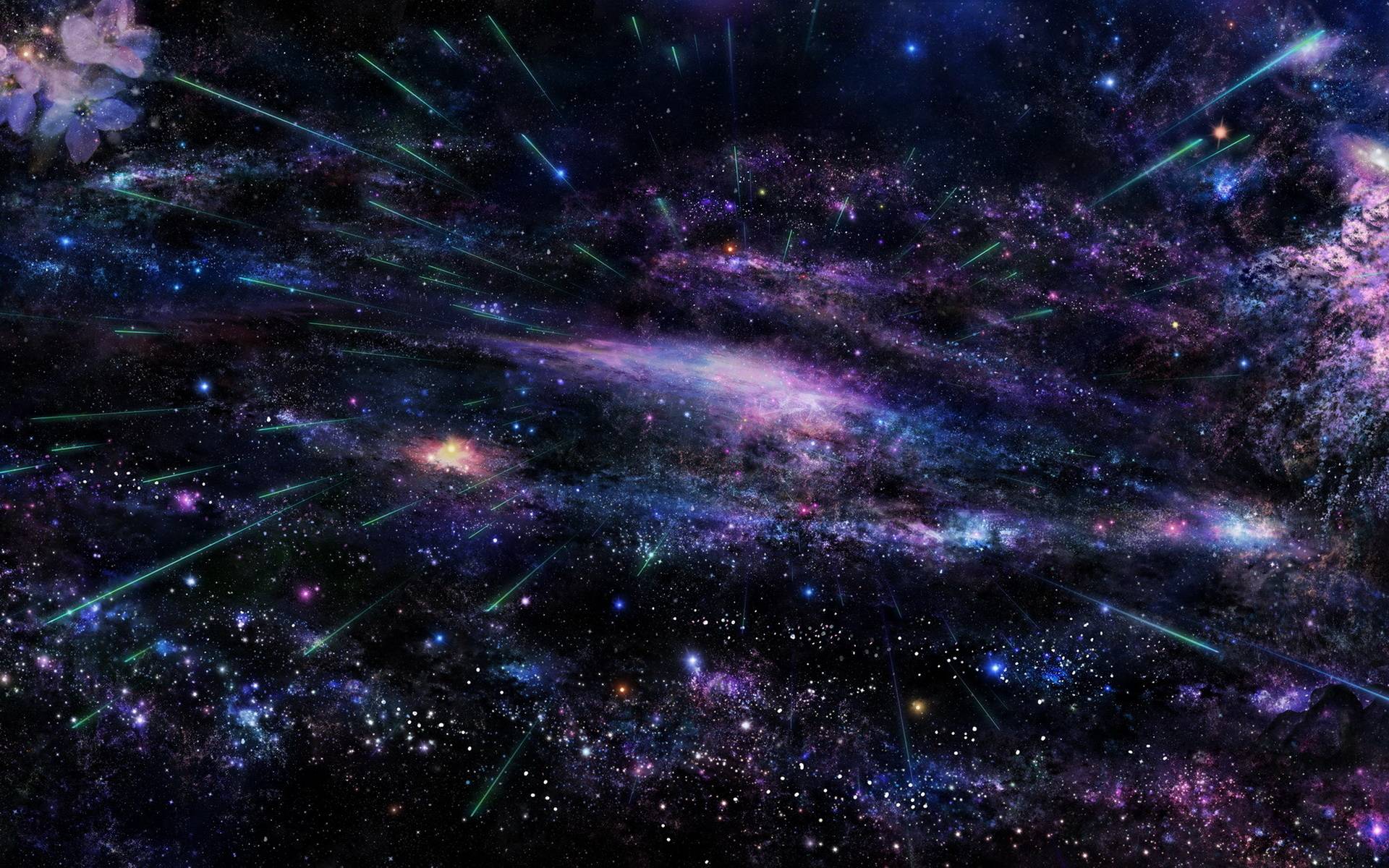Gazing upon a star-studded night sky, one might be forgiven for thinking of space as a vast canvas splashed with twinkling lights. But peer a little closer, and the true nature of space emerges – an immense and enigmatic realm dominated by darkness. This article delves into the essence of space, exploring its composition, the reasons for its darkness, and the estimated age of the universe we inhabit.
The True Nature of Space
For millennia, humanity looked skyward and perceived a celestial dome adorned with celestial bodies. This concept, the firmament, has given way to our modern understanding of space. There is no dome; instead, space is the boundless expanse that encompasses everything – stars, planets, galaxies, and the vast emptiness in between.
The defining characteristic of space is its near-perfect vacuum. Unlike Earth with its dense atmosphere, space contains incredibly sparse matter. Imagine standing on the Moon – you wouldn't feel any wind because there are almost no gas molecules to brush against your skin. This lack of gas also translates to an environment with extremely low pressure. Sound waves, which require molecules bumping into each other to travel, simply cannot propagate in the emptiness of space, creating the profound silence often associated with it.
However, the idea of completely empty space is a bit of a misconception. Scattered throughout this vast expanse are traces of gas, dust, and other matter. In some regions, these elements clump together to form stars, planets, and galaxies. But even within these denser areas, the space between objects is still vast, making the overall density of matter in space incredibly low.
Why Space Appears Black?
So, if space is sprinkled with stars and cosmic dust, why does it appear dark? The answer lies in the very nature of light and how it interacts with matter. Stars, like our Sun, are luminous giants, generating tremendous amounts of light. However, for us to see this light, it needs to reach our eyes. In the near vacuum of space, with its sparse distribution of matter, there are very few particles for light to interact with. Consequently, most of the light from distant stars travels on unimpeded, never reaching our eyes. This is why, despite the presence of countless stars, space appears predominantly black.
Here on Earth, we experience a different scenario. Sunlight bathes our planet, illuminating the land and reflecting off the oceans. Additionally, the atmosphere acts like a giant diffuser, scattering sunlight in all directions. This scattered light fills the sky, creating the blue hue we see on a clear day. It's the reflection of sunlight off Earth and the scattering within our atmosphere that makes our planet appear so bright when viewed from space.
The Age of the Universe
The vastness of space is matched only by the immense age of the universe we inhabit. According to the prevailing theory, the Big Bang, our universe originated roughly 13.8 billion years ago. This colossal event marked the beginning of everything – space, time, matter, and energy. From that incredibly hot and dense state, the universe has been continuously expanding and cooling ever since.
Our understanding of the universe's age comes from a multitude of observations and evidence. One key piece of the puzzle is the cosmic microwave background radiation (CMB). This faint echo of the Big Bang permeates all of space and provides a snapshot of the universe just a few hundred thousand years after its birth. By studying the properties of the CMB, scientists can estimate the age and evolution of the universe.
Another crucial line of evidence comes from the study of distant stars and galaxies. By analyzing the light emitted from these objects and taking into account the expansion of the universe, astronomers can estimate their distance and, consequently, the time it took for their light to reach us. This information helps build a cosmic chronology, piecing together the timeline of the universe's expansion.
The estimated age of 13.8 billion years is a constantly evolving figure. As our technology advances and we gather more data from the cosmos, our understanding of the universe's age continues to refine. Future space missions and telescopes promise to provide even deeper insights into the origin and history of our universe.
Tags:
Cosmology

